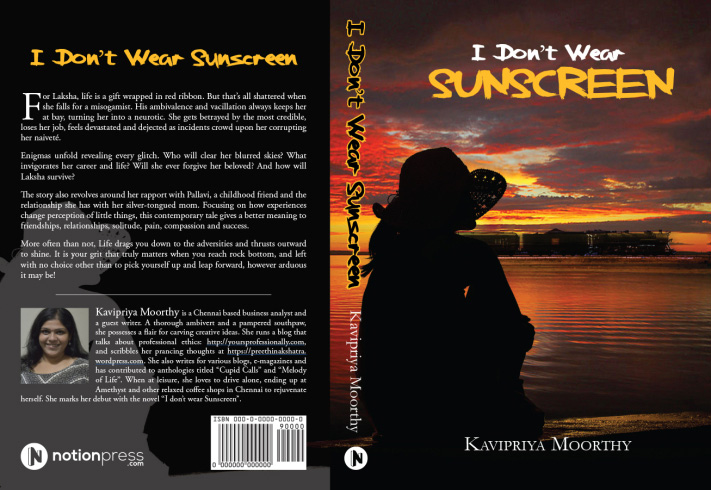Author – Archana Sood

One fine day,
you realise that you cannot always be puerile
you grow, you learn
and move away from the state juvenile.
The beauty of life lies in the fact that it is unpredictable. You never know when blossoms of flowers would turn into clouds of gloom nor can you ever tell to what extent apparently petty occurrences of your life can dramatically transform the progression of your life.
From childhood to early adulthood, such petty occurrences have tarnished the canvas of my life. Presently, I’m an individual with a strong sense of responsibility and dignity; however, I have not always been like this and my entrance to this epiphanic state of existence, what I consider as my ‘adulthood’ has an interesting tale behind it.
Not with an unnerving immediacy, but with a gradual progression of life events did I become a mature person and an adult. Born in a nuclear family with two doting elder sisters and effusively amiable parents, I have always been the pampered daughter of my family. Having no obligations, no concerns and no responsibilities whatsoever, I did not really have a chance to comprehend what the external, ‘real’ world is all about! Like a caterpillar in the cocoon, I have always been sheltered from all the atrocities and harsh realities of life by my overtly protective family, blanketing me with their love and care.
However, time passed and took away with it the maidenhood of my two elder sisters. Initially, I felt like a princess, or rather, a queen, having the entire palace to myself! But, as the days kept on unfolding themselves, the loneliness began to engulf me. The realization struck – I am like a king without a kingdom! It’s not just about the ennui and the suffocating void that I suddenly came to confront; for the first time in my life, the thought of being a mature and productive member of my family originated in my mind. Since everything from the petty society’s affairs to the maintenance of our company’s website was taken care of by my two elder sisters, I never entertained the thought that I would be bothering myself with these significant concerns one fine day.
And, that ‘fine day’ reflected itself in every single day post my sisters’ marriages!
Both of my parents being, by and large, technologically challenged, I had to keep check on all sorts of bills and our company’s virtual promotion. As I have already shared, my elder sisters were alternatively taking care of all these concerns; I have never bothered myself by being accountable for something as significant as monetary transactions and business correspondence. When, in accord with the demand of the time, I had to take a front seat in the car driven by the fuel of family affairs, it dawned on me that I have grown, that the days of laughing carelessly and being ‘busily inactive’ are gone forever and I am now an adult member of my family. Gradually, I began to have a say in the pivotal matters of the family and society, my parents began to take me more and more seriously. From their naughty doll, I have, as if miraculously, transformed into a solemn person- an individual who has the rationality and acumen to take decisive steps. I was precisely 19 years and 4 months old when I took the charge of regulating our company’s website on a regular basis. I smile when I think that though adulthood ideally knocks when one enters the 18th year of one’s life, the effects and the glimpses of ‘maturity’ reflect themselves in fragmentary, unpredictable moments.
Those were the days of my ‘awakening’, for I strongly believe that the most critical turn of events in our lives take place, not in a dramatically abrupt fashion. Slowly and steadily, life exposes its multifarious facets and as we encounter, battle and eventually conquer them, we become our true selves. That’s how the human race proceeds, that’s how I confronted and ultimately embraced my adulthood.
This story submitted as part of our Short Story Contest


























